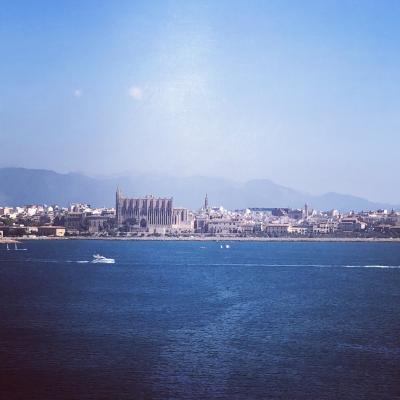How does Mallorca’s architecture showcase Mediterranean historical influences?
Similar Topics
mallorca architecture
mediterranean influences
moorish design
gothic architecture
renaissance styles
fortified old towns
terracotta roof tiles
mallorca historical sites
Mallorca’s architecture is a vivid testament to the island’s rich history and its position at the crossroads of Mediterranean cultures. The influence of various civilizations—ranging from the Romans and Moors to the Catalans—can be seen in the diverse architectural styles that grace the island. Traditional Mallorcan buildings often feature thick stone walls and small, shuttered windows designed to keep interiors cool during the hot Mediterranean summers, reflecting a practical response to the regional climate. This blend of functionality and aesthetic charm is a hallmark of Mediterranean architecture more broadly.
One of the most striking examples of Mallorca’s historical influences is found in its fortified old towns and rural fincas. In places such as Palma and Alcúdia, one can observe the remnants of Moorish design, including intricate tile work and horseshoe arches, which harmonize with the later Gothic and Renaissance styles introduced during the Christian reconquest. The island’s grand cathedrals and medieval castles showcase this eclectic heritage, featuring soaring stone facades and elegant Gothic windows that speak to Mallorca’s role as a key trading hub in the Mediterranean basin.
In addition to these historical sites, Mallorca’s vernacular architecture—often characterized by terracotta roof tiles, rustic wooden beams, and whitewashed walls—further emphasizes Mediterranean traditions. The use of local materials like limestone and the inclusion of shaded courtyards with lush vegetation illustrate the island’s connection to its natural surroundings and communal lifestyle. This architectural heritage collectively narrates Mallorca’s story, weaving together the threads of its diverse cultural past and making the island a compelling destination for those interested in Mediterranean history and art.
One of the most striking examples of Mallorca’s historical influences is found in its fortified old towns and rural fincas. In places such as Palma and Alcúdia, one can observe the remnants of Moorish design, including intricate tile work and horseshoe arches, which harmonize with the later Gothic and Renaissance styles introduced during the Christian reconquest. The island’s grand cathedrals and medieval castles showcase this eclectic heritage, featuring soaring stone facades and elegant Gothic windows that speak to Mallorca’s role as a key trading hub in the Mediterranean basin.
In addition to these historical sites, Mallorca’s vernacular architecture—often characterized by terracotta roof tiles, rustic wooden beams, and whitewashed walls—further emphasizes Mediterranean traditions. The use of local materials like limestone and the inclusion of shaded courtyards with lush vegetation illustrate the island’s connection to its natural surroundings and communal lifestyle. This architectural heritage collectively narrates Mallorca’s story, weaving together the threads of its diverse cultural past and making the island a compelling destination for those interested in Mediterranean history and art.
🧩 Related Questions
Related Question
What conservation initiatives are currently in place to protect Mallorca's unique flora and fauna?
Related Question
What challenges do decentralized cistern systems pose for regional water conservation efforts?
Related Question
How does Mallorcan seafood cuisine differ from other Mediterranean island cuisines?
